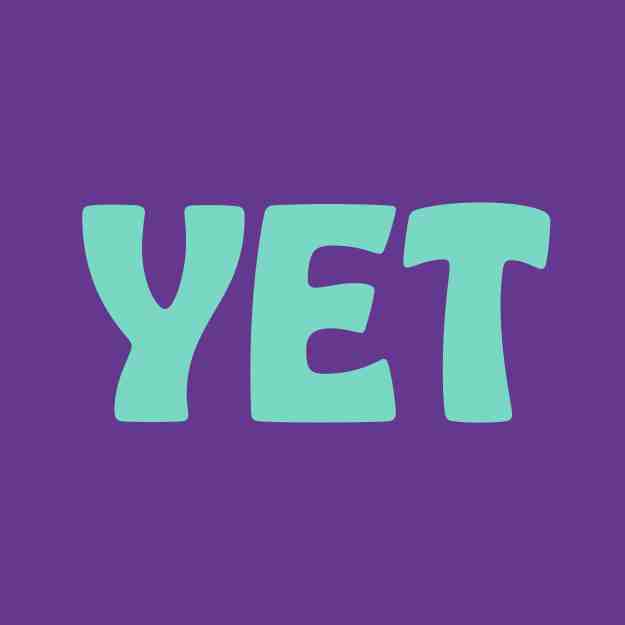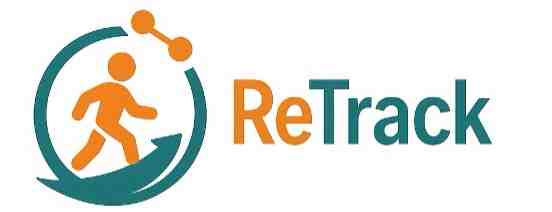YET
YET
- #Flutter Development
- #UX/UI
- #Smart City
- #Web Development
- #Generative AI
- #Android Development
- #IOS Development
The development of YET is the result of a close collaboration between the research groups Cyber 3 Lab and Vital Cities.
The creation of YET is based on a broad exploration, consisting of literature research, co-creation sessions and discussions with both experts and young people. This thorough analysis provided valuable insights into the specific needs and expectations regarding the tool. Storytelling and design thinking formed the basis for the core functions of the app.
With the framework text ‘Towards sustainable spatial use’, the first concepts were elaborated in various scenarios, which were then further refined together with young people and other stakeholders. This process resulted in a clear vision of the design of the application and the recording of the minimum requirements.
By continuously integrating feedback from young people and partners, the prototype was gradually developed and tested during the construction phase.
The app has now been put into production, is live available in the App Store and Play Store, and is actively used by cities and municipalities.
More info

Main section
Quick facts
/
Developed in Flutter
/
Firebase as a back-end
/
Now available in the App and Play Store
/
Redesign public spaces with generative fill AI
What is YET?
YET is a mobile app (for smartphone or tablet) that actively involves children and young people in (re)designing public space. With YET, users can help shape their living environment. They can create images, share and design their own ideas, identify spatial bottlenecks, answer questions and participate in challenges.
YET works both bottom-up and top-down. Through the app, young people can create their own ideal public space and share it with everyone. At the same time, local authorities, organisations and schools can use YET to start participation projects and actively involve young people in plans for new infrastructure.
Children and young people are full-fledged users of public space. By taking them seriously and involving them, you create places that really work for them. This stimulates their independence, involvement and well-being. Moreover, research – such as the Outdoor Play Research – shows that girls often find it more difficult to access public space. YET helps to do something about that.
Are you planning infrastructure works in your municipality, organisation or school? Then get started with YET to fully involve all children and young people in the design process. The app is perfect as a starting point for co-creation, large or small: from short neighborhood explorations and project-oriented workshops to extensive participation processes with young people.
Schools can also get started with YET. Educational packages are available that support teachers and supervisors in using the app, with detailed assignments, working methods and guidance tips. The packages can be used in secondary education (1st to 3rd grade) and in informal learning contexts such as youth work or after-school activities.
The tool can easily be integrated into lessons or project work within subjects such as geography, people & society, PAV, or citizenship education, and in cross-curricular themes such as sustainable development, urban quality of life and participation. YET is based on the sustainability principles used by the Flemish government and is in line with the final objectives.
In addition, YET is an excellent tool for shaping the school site together with the students. Schools are the place where children and young people spend a lot of time. Why shouldn't they have a full say in what that space looks like?
Our Project YET in the Press (in Dutch):
- Article in the regional edition of HLN (12/06/25): "Onderzoekers van Howest ontwikkelen app die bestaande buurten via AI nieuwe look kan geven"
- YET: een app die jongeren mee laat denken over hun omgeving (het Departement Cultuur, Jeugd en Media van de Vlaamse Overheid, 03/06/2025)
- Ontdek YET, de Youth Engagement & Environment Tool op Youtube
Download the YET app from the App Store (Apple iOS version) and Google Play (Android version)
Bottom section
YET behind the scenes
On a technical level, YET was developed using the Flutter framework in the Dart programming language. Flutter offers significant advantages over native development, such as developing a single codebase that can be used directly for both iOS and Android, which significantly reduces development time and maintenance. In addition to the mobile application, a web application was also built, also in Flutter, which serves as a management environment for the administrative management of the app. Firebase was chosen for the backend, which integrates seamlessly with Flutter and provides reliable authentication, real-time database functionality and scalability. For editing images within the app, ImagineArt's GenFillAI API is used, allowing users to easily and efficiently adjust images.
Contributors
Researchers
/
Thijs Pirmez, Android- en iOS-ontwikkelaar, AI-onderzoeker
Want to know more about our team?
Visit the team page
Last updated on: 7/16/2025
/
More stuff to read




